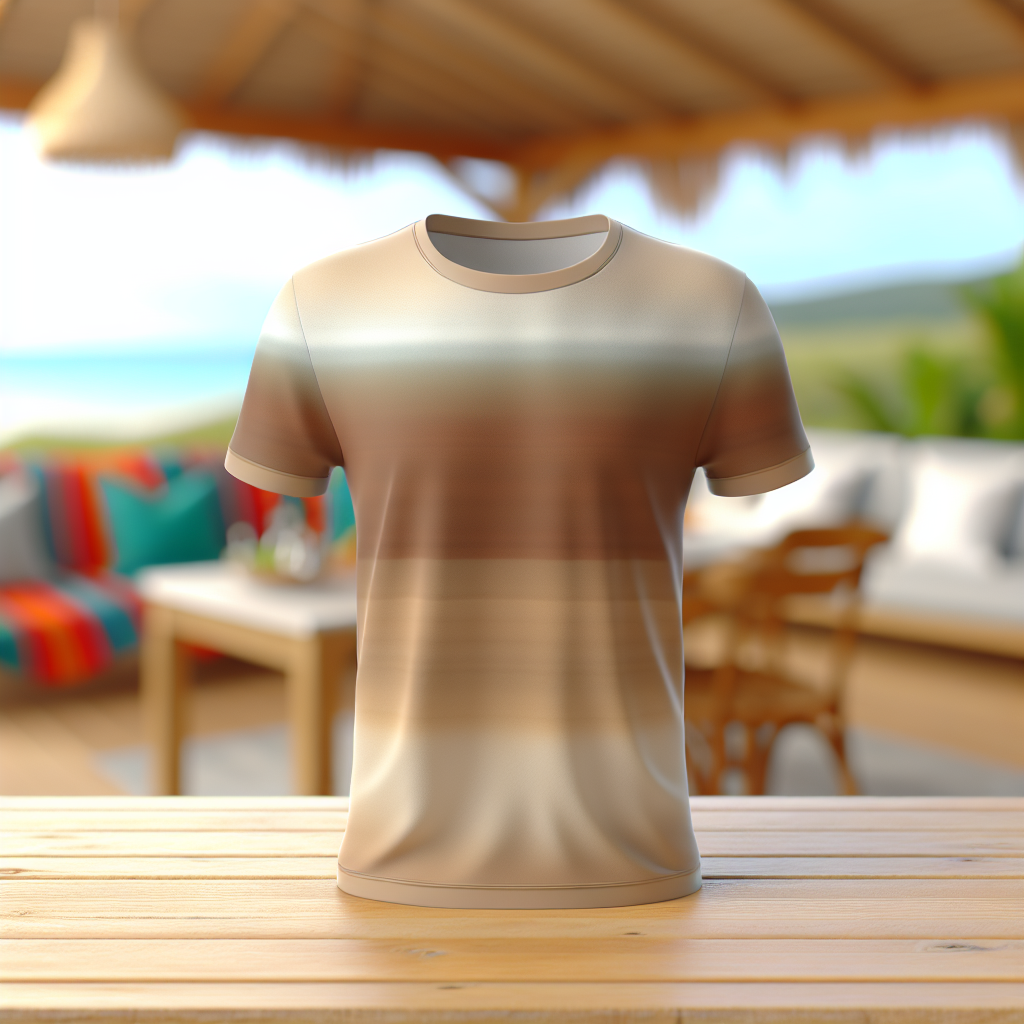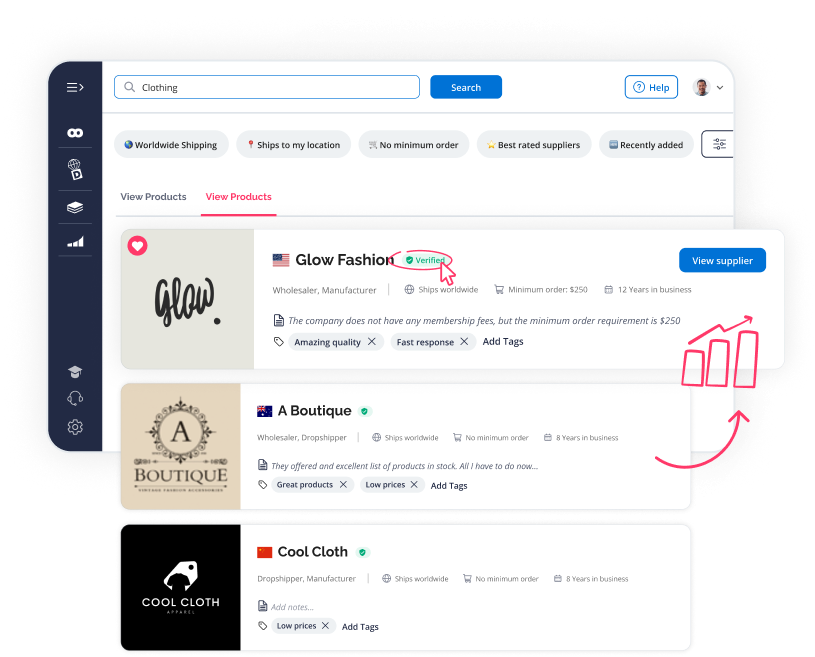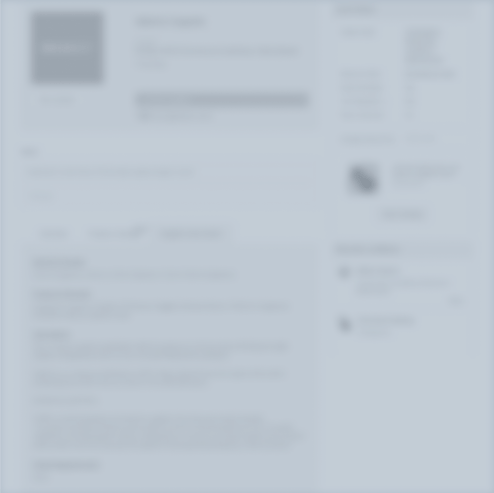Wholesale Tees for Online Retailers
When sourcing t-shirts for your eCommerce store, consider the unique blend of comfort, versatility, and style they offer, appealing to a broad customer base across various demographics. Look for suppliers that focus on high-quality materials, sustainable practices, and a variety of sizes and styles to cater to your target market. Prioritize high-resolution product images and samples before finalizing your supply chain, ensuring that the tees not only meet your standards but also resonate with your brand’s identity

Here’s a selection of suppliers waiting for your call
Manufacturer Supplier
 Verified
Verified
 Join to contact this supplier
Join to contact this supplier
 Ships worldwide
Ships worldwide
 No Minimum Order
No Minimum Order
 5 Years in SaleHoo
5 Years in SaleHoo
Products stocked
About
Manufacturer Supplier
 Verified
Verified
 Join to contact this supplier
Join to contact this supplier
 No Minimum Order
No Minimum Order
 21 Years in SaleHoo
21 Years in SaleHoo
Products stocked
About
Wholesale Supplier
 Verified
Verified
 Join to contact this supplier
Join to contact this supplier
 No Minimum Order
No Minimum Order
 8 Years in SaleHoo
8 Years in SaleHoo
Products stocked
About
Manufacturer Supplier
 Verified
Verified
 Join to contact this supplier
Join to contact this supplier
 No Minimum Order
No Minimum Order
 24 Years in SaleHoo
24 Years in SaleHoo
Products stocked
About
Manufacturer Supplier
 Verified
Verified
 Join to contact this supplier
Join to contact this supplier
 No Minimum Order
No Minimum Order
 25 Years in SaleHoo
25 Years in SaleHoo
Products stocked
About
Manufacturer Supplier
 Verified
Verified
 Join to contact this supplier
Join to contact this supplier
 No Minimum Order
No Minimum Order
 27 Years in SaleHoo
27 Years in SaleHoo
Products stocked
About
Manufacturer Supplier
 Verified
Verified
 Join to contact this supplier
Join to contact this supplier
 No Minimum Order
No Minimum Order
 1 Years in SaleHoo
1 Years in SaleHoo
Products stocked
About
Manufacturer Supplier
 Verified
Verified
 Join to contact this supplier
Join to contact this supplier
 No Minimum Order
No Minimum Order
 19 Years in SaleHoo
19 Years in SaleHoo
Products stocked
About
Manufacturer Supplier
 Verified
Verified
 Join to contact this supplier
Join to contact this supplier
 No Minimum Order
No Minimum Order
 5 Years in SaleHoo
5 Years in SaleHoo
Products stocked
About
Manufacturer Supplier
 Verified
Verified
 Join to contact this supplier
Join to contact this supplier
 No Minimum Order
No Minimum Order
 19 Years in SaleHoo
19 Years in SaleHoo
Products stocked
About
Other product suppliers available...
Trusted by 137,000+ entrepreneurs worldwide

7-day trial today
suppliers in the USA and internationally.
Frequently Asked Questions
Consider the weight, softness, breathability, and durability of the fabric. Common options include cotton for comfort, polyester for durability, and blends for cost-effectiveness and wrinkle resistance.
MOQs can vary significantly between suppliers, often ranging from 50 to 500 units per style. Always confirm MOQs with potential suppliers to align with your budget and inventory strategy.
Request certifications, such as Fair Trade or OEKO-TEX, from your suppliers, and consider visiting factories if possible. Additionally, inquire about their labor practices and any sustainability initiatives they follow.
Customization options typically include screen printing, direct-to-garment (DTG) printing, embroidery, and dye-sublimation. Assess your design needs and budget to choose the best method.
Request size samples from suppliers to review fit and construction quality, and consider creating a sizing chart based on standard measurements. Gathering feedback from potential customers can also help fine-tune sizes before bulk production.


